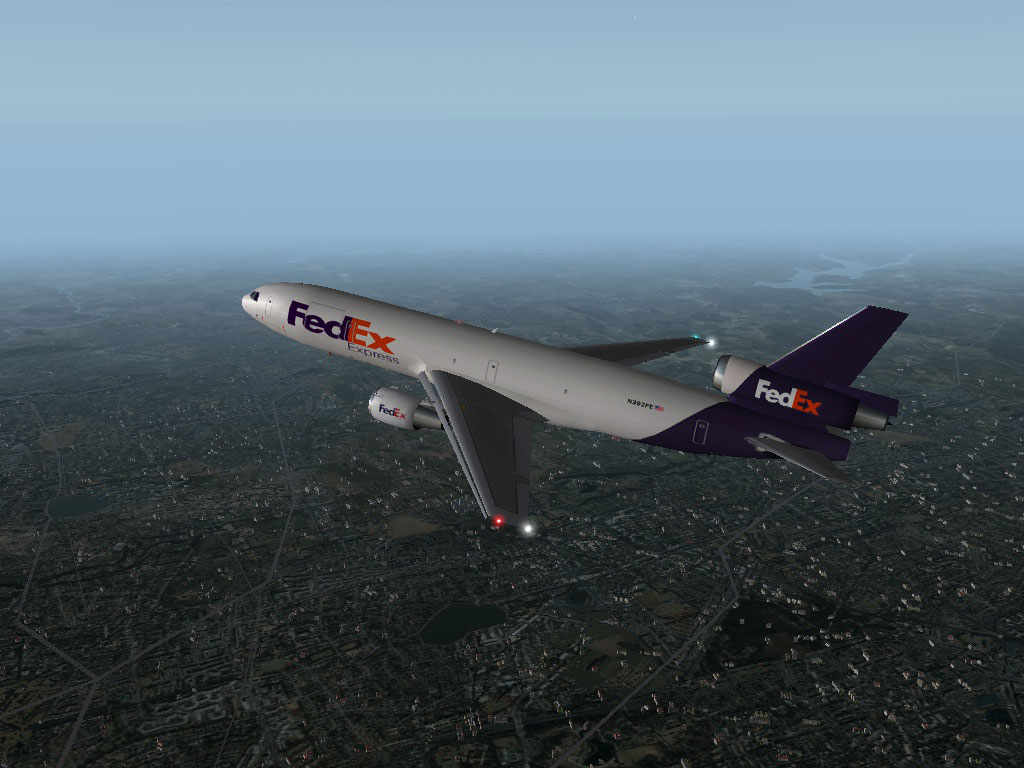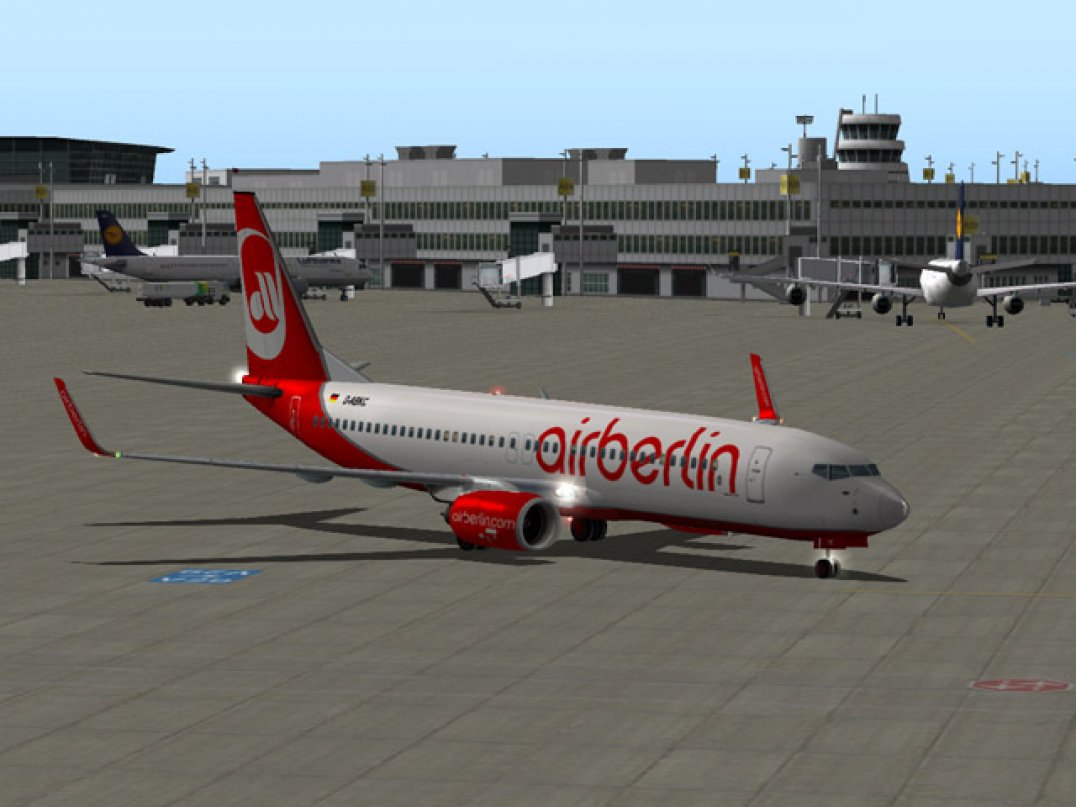X Plane 9 Aircraft Downloads
X-Plane is the ultimate general-aviation flight sim with accurate controls and cockpit details. With hardware-accelerated texture-mapped graphics, dynamic. X-Plane Aircraft Sort by: Date Added Best Sellers Products Name A to Z Products Name Z to A Price Low to High Price High to Low X-Rotors - Agusta Westland AW139 (AB139) for X-Plane.
| X-Plane | |
|---|---|
| Genre(s) | Flight simulator Vehicle simulation game |
| Developer(s) | Laminar Research Austin Meyer |
| Publisher(s) | Laminar Research Aerosoft |
| Creator(s) | Austin Meyer |
| Platform(s) | Android iOS Linux macOS WebOS Windows |
| First release | 1[1][2] 1995 [1][2] |
| Latest release | X-Plane 11.33; May 2019 |
X-Plane is a flight simulator produced by Laminar Research. X-Plane can be used professionally with the correct license,[3] or used personally. A personal use desktop version is available for macOS, Windows, and Linux, while a mobile version is available for Android, iOS, and webOS.[4]X-Plane is packaged with several commercial, military, and other aircraft, as well as basic global scenery which covers most of the Earth. X-Plane also ships with other software to build and customize aircraft and scenery. X-Plane also has a plugin architecture that allows users to create their own modules, extending the functionality of the software by letting users create their own worlds or replicas of places on Earth. This is further enhanced by the Scenery Gateway which allows users to share airports with other users and eventually the airports are included by default in the base product.

On November 25, 2016, Laminar Research released the first public beta of X-Plane 11 to the general public.[5][6] A second public beta was released on December 6, 2016, which fixed some major bugs.[7] The official release of X-Plane 11 was on March 30, 2017.
Flight model[edit]
X-Plane differentiates itself from other simulators by implementing an aerodynamic model called blade element theory.[8] Traditionally, flight simulators emulate the real-world performance of an aircraft by using empirical data in predefined lookup tables to determine aerodynamic forces such as lift or drag, which vary with differing flight conditions. These simulators sufficiently simulate the flight characteristics of the aircraft, specifically those with known aerodynamic data, but are not useful in design work, and do not predict the performance of aircraft when the actual figures are not available.
Blade element theory improves on this type of simulation by modelling the forces and moments on an aircraft and individually evaluating the parts that constitute it. Blade-element theory and other computational aerodynamic models are often used to compute aerodynamic forces in real time or pre-compute aerodynamic forces of a new design for use in a simulator employing lookup tables.
With blade element theory, a surface (e.g. wing) may be made up of many sections (1 to 4 is typical), and each section is further divided into as many as 10 separate subsections. After that, the lift and drag of each section are calculated, and the resulting effect is applied to the whole aircraft. When this process is applied to each component, the simulated aircraft will fly similar to its real-life counterpart. This approach allows users to design aircraft quickly and easily, as the simulator engine immediately illustrates how an aircraft with a given design might perform in the real world. X-Plane can model fairly complex aircraft designs, including helicopters, rockets, rotorcraft, and tilt-rotor craft.
Extensibility[edit]
Users are encouraged to design their own aircraft, and design software titled Plane Maker and Airfoil Maker are included with the program. This has created an active community of users who use the simulator for a variety of purposes. Since designing an aircraft is relatively simple and the flight model can help predict performance of real-world aircraft, several aircraft companies use X-Plane in their design process.[9] The CarterCopter uses X-Plane for flight training and research. X-Plane also contributed to the design of the Atlanticablended wing body aircraft.
Through the plugin interface, users can create external modules that extend the X-Plane interface, flight model or create new features. One such feature is the XSquawkBox plugin, which allows X-Plane users to fly on a worldwide shared air traffic control simulation network. Other work has been done in the area of improving X-Plane's flight model and even replacing entire facets of X-Plane's operation.
Maps and scenery are fully editable. While no tool is provided to edit the 3D mesh objects, there are tutorials for using the third party 3D modelers AC3D, SketchUp, Blender, and Autodesk 3ds Max[10]
Network flight[edit]
X-Plane can connect to other X-Plane instances via a UDP/IP or TCP/IP network[11][12] for multiplayer flight simulation, networked multi-monitorX-Plane configurations or to plugins, such as Pilot Edge,[13] which themselves communicate with other X-Plane instances.[14][15][16]
The X-Plane IOS (Instructor Operation Station) can be used remotely (via the Internet) or locally (via a computer connected to the X-Plane session by a LAN) as part of a flight training session allowing a flight instructor to alter and control the aircraft in various ways. It can be used to simulate various aircraft system failures and also to change the weather, time, or location.
Utilities[edit]
Multiple utilities are shipped with X-Plane 10/11 by Laminar Research for users to customize various aspects of the simulation.
World Editor is an overlay editor with a graphic user interface to facilitate editing of airports. With the most recent update, this utility global resources to allow users to submit data to be included in X-Plane by default with each update. The primary purpose of this tool is to modify and correct airport layouts. World Editor also can read the geographical coordinates in GeoTIFF files. In version 1.3r1, a new feature was added to allow users to submit airports using default assets to an Airport Scenery Gateway.[17]
Commercial and professional use[edit]
The professional use version of X-Plane includes all the features of the personal use version, but has more capabilities depending on the license used. A commercial use license can be used which allows one to use X-Plane without being tied to a specific computer via eg. a disk or USB key. The commercial version also supports 'kiosk mode' in which X-Plane's settings can be locked via password protection.[18] The professional use version can also allow one to generate revenue from X-Plane related content.[18]
The professional use version allows FAA certified flight training hours to be logged, but, the computer system running X-Plane must be tested to meet minimum frame-rate requirements and have its hardware and all associated simulation hardware tested to be FAA certified. Furthermore, FAA certification may require expensive simulation hardware ( eg. professional flight simulation hardware ).[18][19]

The professional use version also enables the use of more advanced flight simulation hardware compared to the personal use version. For example, the professional use version is capable of cylindrical and spherical projection, which is commonly used in large and/or expensive professional flight simulators. The professional use version also has the ability to drive Garmin Real Simulator Units.[18][19]
X-plane 9
See also[edit]
X Plane 11 Freeware Aircraft
References[edit]
X Plane 9 Free Aircraft Downloads
- ^ ab'Interview-With-Austin-Meyer'. Retrieved 30 December 2018.
- ^ ab'Interview : Austin Meyer, the man behind X-Plane!'. Retrieved 30 December 2018.
- ^'X-Plane for Professional Use'. Retrieved 2018-11-19.
- ^'Meet X-Plane Mobile - X-Plane'. Retrieved 2011-01-31.
- ^'X-Plane 11.00b1 now available'. X-Plane. 25 November 2016. Retrieved 7 December 2016.
- ^X-Plane [@XPlaneOfficial] (8 October 2016). 'X-Plane 11 is coming this November! Check out for more details!' (Tweet) – via Twitter.
- ^'Some Bugs We're Working on for Public Beta 2'. X-Plane Developer. Retrieved 7 December 2016.
- ^'How X-Plane Works - X-Plane'. Retrieved 18 November 2017.
- ^'Apple - Games - Articles - X-Plane'. Retrieved 2014-11-19.
- ^'X-Plane 8 Scenery Tutorials'. Retrieved 2007-11-22.
- ^'Background info'. Nuclear Projects. Retrieved 2016-11-26.
- ^'X-Plane Reference'. Nuclear Projects. Retrieved 2016-11-26.
- ^'How it works'. Pilotedge. Retrieved 2016-11-26.
- ^'X-Plane Manual'(PDF). Retrieved 2016-11-26.
- ^'Useful downloads'. Archived from the original on 2010-09-22. Retrieved 2016-11-26.
- ^'X-Plane 10 Desktop Manual'. Retrieved 2016-11-26.
- ^'The Gateway Lives - X-Plane Developer'. developer.x-plane.com. Retrieved 18 November 2017.
- ^ abcd'X-Plane Professional'. Retrieved 25 November 2018.
- ^ ab'FAA-Certified X-Plane'. Retrieved 25 November 2018.
External links[edit]
| Wikibooks has a book on the topic of: X-Plane Flight Simulator |
- Official website
- X-Plane at Curlie





